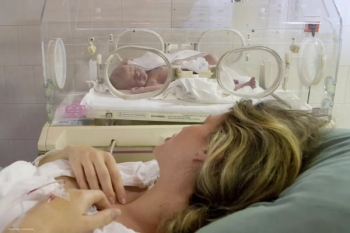
Customizing the LASIK flap
Performing LASIK surgery that is customized for each eye can offer more pleasing outcomes in terms of both patient safety and comfort, claims Kerry K. Assil, MD.
Key Points
Customizing parameters such as thickness, diameter, shape, hinge-width and side-cut architecture of the flap in a LASIK procedure is a new development that has been proven to maximize residual corneal thickness, which also decreases the risk of post-LASIK ectasia. We refer to the control of this constellation of variables as Custom-Tailored All Laser LASIK.
Can we mimic the eye's natural anatomy?
We have been very excited about femtosecond technology, because these lasers can cut thin flaps precisely, further reducing the likelihood of ectasia. The technology also offers us the possibility of reducing the incidence of dry eye and decreasing enhancement rates, and facilitates the performance of future enhancements. The widened hinge capability further reduces the potential for epithelial ingrowth or formation of striae.
Superior vs. temporal
Newsletter
Get the essential updates shaping the future of pharma manufacturing and compliance—subscribe today to Pharmaceutical Technology and never miss a breakthrough.












































